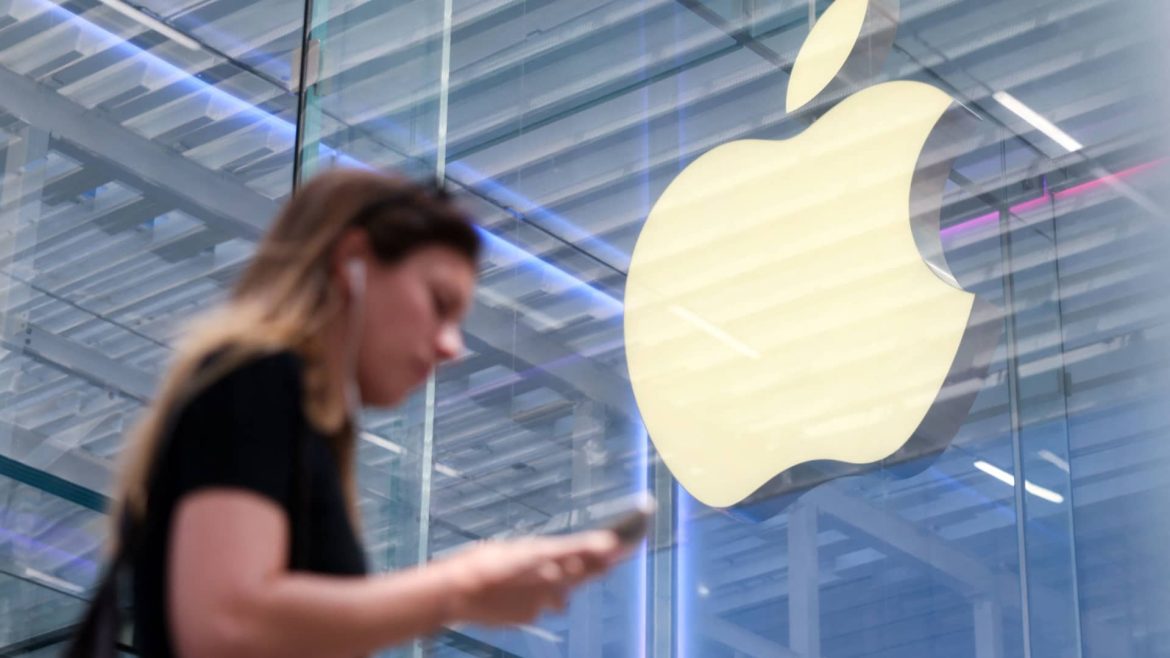Jim Cramer’s Concerns on Apple and Nvidia’s AI Developments: An In-Depth Analysis
Investors and tech enthusiasts often turn to Jim Cramer for insights on major market trends and leading stocks. Recently, Cramer has shifted the conversation, spotlighting Apple and Nvidia in a way that mixes caution with optimism. His commentary reveals nuanced concerns about Apple while simultaneously endorsing Nvidia’s pivotal role in AI innovation. This report delves into why Jim Cramer considers Apple his “No. 1 worry,” his outlook on Nvidia’s AI advancements, and the broader implications for investors navigating the evolving tech landscape.
—
Why Apple Is Jim Cramer’s “No. 1 Worry”
Trade and Geopolitical Pressures
Cramer’s increasing apprehension about Apple stems largely from its complex exposure to geopolitical risks. Apple’s significant manufacturing footprint in China and India places it squarely in the crosshairs of ongoing trade tensions and tariff disputes. According to Cramer, the trade war environment, fueled by shifting U.S. policies and pressure campaigns—such as those during the Trump era—threatens to disrupt Apple’s supply chain and cost structure. For example, calls for Apple to halt iPhone production in India and potential supply chain retrenchment from China create uncertainty investors hate.
Market Valuation and Investor Anxiety
Despite Apple’s historic resilience and innovation prowess, Cramer highlights the stock as a focal point of investor anxiety. The corporate giant’s shares have taken a hit amid inflation worries, trade disputes, and the uncertainty surrounding its ability to compete aggressively in the AI space. Wall Street’s sentiment appears cautious, and Cramer notes that Apple “sits at the epicenter” of many investors’ worries, making it a sensitive and volatile stock in the current environment.
The AI Integration Challenge
While Apple is a massive consumer electronics power, Cramer points out that Apple has yet to fully leverage AI technology in a way that matches rivals like Nvidia. Despite speculation about Apple potentially embedding AI into future iPhone models or other devices, industry observers, including Cramer, feel the company’s AI strategy remains reactive rather than proactive. His suggestion that Apple needs to produce “a phone with AI in it” embodies a broader critique: Apple risks becoming a “free rider” on AI innovation driven by others instead of forging ahead.
—
Nvidia’s Bold Leap in AI Technology
AI as Nvidia’s Growth Engine
On the opposite end of the spectrum, Jim Cramer places Nvidia in a strong leadership position in the AI revolution. Nvidia’s launch of new AI technology, including potentially transformative chips such as the highly-anticipated Blackwell processors, signals its dominance in this sector. Despite some technical challenges reported—such as overheating issues with its Blackwell AI chip—Cramer remains bullish that Nvidia’s cutting-edge hardware and software ecosystems keep it at the “center of AI development.”
Resilience Amid Market Disruptions
Nvidia has faced its own challenges, including market corrections prompted by disruptive AI start-ups like DeepSeek. However, Cramer underscores Nvidia’s resilience and long-term prospects, emphasizing its robust position relative to other big tech players. Nvidia’s integration into AI workflows—from data centers to deep learning applications—renders it a critical infrastructure provider for the future economy.
An “Odd Man Out” and a Power Play
Cramer describes Nvidia as the “odd man out” among major tech stocks because its growth trajectory and earnings potential uniquely benefit from the AI supercycle. He praises CEO Jensen Huang’s vision and execution, suggesting that Nvidia will “outshine” competitors like Apple and Microsoft in upcoming earnings periods. For investors, NVIDIA represents not only a tech hardware leader but a strategic growth vehicle in the expanding AI marketplace.
—
Strategic Takeaways for Investors
The “Own, Don’t Trade” Philosophy
Despite Apple’s challenges and Nvidia’s fluctuations, Cramer has long urged investors to “own, don’t trade” these stocks, reflecting a belief in their long-term value. However, his recent change of tone—labeling Apple as a top worry and describing Nvidia as tough to hold amid volatility—signals the need for greater caution and nuanced portfolio management.
Impact of Macroeconomic and Political Factors
Investors should closely monitor geopolitical developments and U.S.-China relations, as these heavily influence the operational realities for both Apple and Nvidia. Trade policies, tariffs, and manufacturing shifts will materially affect profitability, supply chains, and business strategies, creating both risks and opportunities.
AI Sector as a Critical Differentiator
AI’s growing role as the core driver of tech innovation sets Nvidia apart, while Apple’s slower AI integration presents a comparative risk. Investors betting on the AI transformation may prefer companies like Nvidia that lead with infrastructure and product innovation, although Apple’s brand and product ecosystem keep it relevant.
—
Conclusion: Navigating the Tech Giants’ Divergent Paths
Jim Cramer’s nuanced stance on Apple and Nvidia reflects the evolving challenges and opportunities within the tech sector. Apple’s status as his “No. 1 worry” stems from geopolitical risks, investor sentiment, and a perceived lag behind in AI leadership. In contrast, Nvidia’s bold AI advancements and strong market positioning render it a compelling growth story, albeit with some operational hurdles.
For investors, this analysis suggests a careful balancing act: recognizing Apple’s entrenched market power and potential, while staying mindful of external risks and competitive pressures; and embracing Nvidia as a key beneficiary of the AI boom, tempered by market volatility. Ultimately, Cramer’s insights invite a more thoughtful, strategic approach to owning these iconic tech stocks in a rapidly changing investment landscape.





